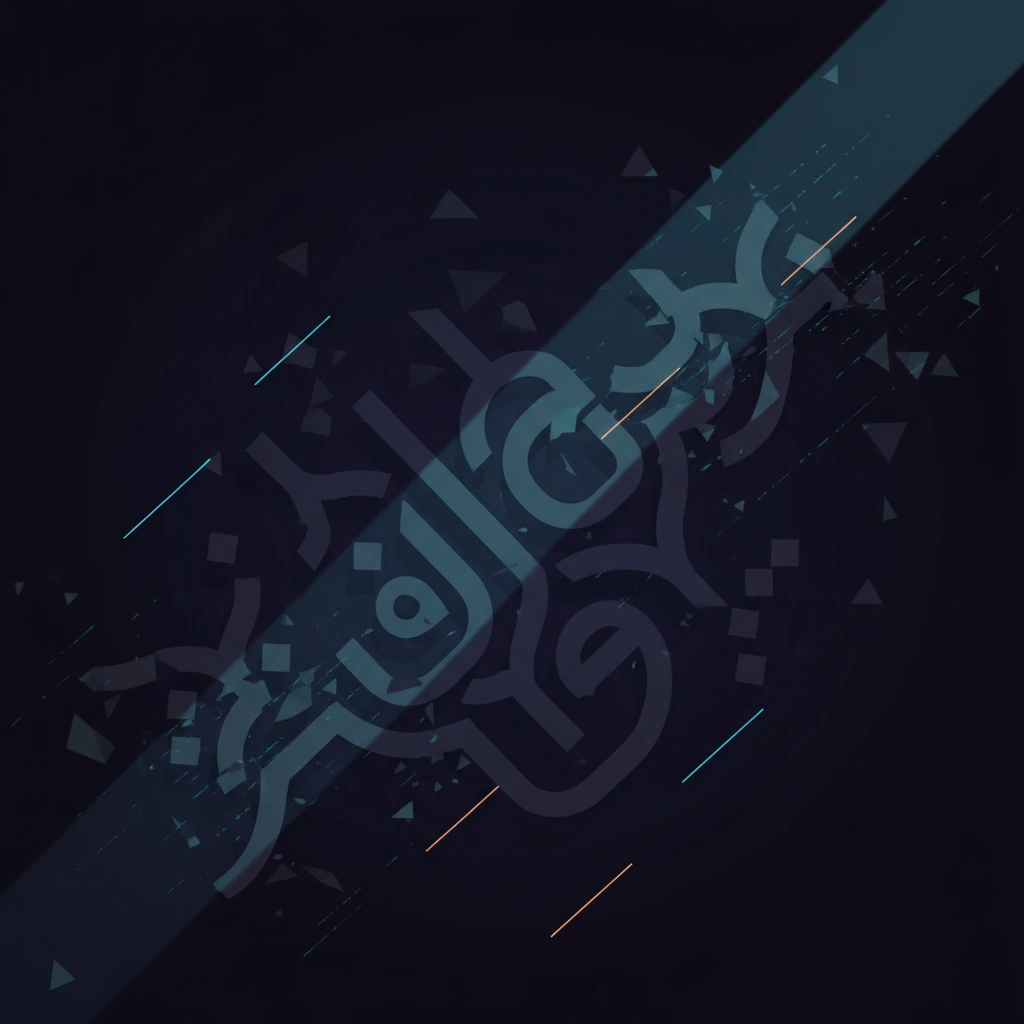Scene Graphs Meet Diffusion: New Framework for Hazard AI
Researchers develop scene graph-guided framework using diffusion models to synthesize realistic industrial hazard scenarios. Novel approach enables controllable generation and evaluation of safety-critical synthetic imagery with structured semantic control.

A team of researchers has unveiled a novel framework that combines scene graph representations with generative AI to synthesize and evaluate industrial hazard scenarios. The work, detailed in a recent arXiv paper, addresses a critical challenge in industrial safety: generating realistic training data for hazard detection systems without exposing workers to actual dangerous situations.
The framework introduces a structured approach to controlling synthetic image generation by leveraging scene graphs—structured representations that encode objects, their attributes, and spatial relationships within a scene. This semantic structure provides fine-grained control over what the diffusion model generates, moving beyond simple text prompts to enable precise manipulation of hazard scenarios.
Technical Architecture and Methodology
At the core of the system lies a scene graph-to-image generation pipeline built on diffusion models. The researchers developed a method to translate abstract scene graph representations into conditioning signals that guide the diffusion process. This approach allows safety engineers to specify exact configurations of hazardous elements—such as "worker near rotating machinery" or "chemical spill adjacent to electrical equipment"—with explicit spatial and relational constraints.
The framework consists of three primary components: a scene graph encoder that processes the structured semantic input, a diffusion model conditioned on these encodings, and an evaluation module that assesses the realism and accuracy of generated hazard scenarios. The scene graph encoder transforms nodes (objects) and edges (relationships) into embedding vectors that modulate the denoising process at multiple scales.
Unlike traditional text-to-image approaches that may produce ambiguous or inconsistent spatial arrangements, the scene graph guidance ensures that generated images faithfully represent the specified hazard configuration. This precision is critical for industrial safety applications where subtle spatial relationships—such as safe distances or proper equipment positioning—determine whether a scenario constitutes a genuine hazard.
Implications for Synthetic Media and Training Data
The work has significant implications for synthetic media generation in safety-critical domains. Traditional approaches to collecting hazard imagery involve either staging dangerous scenarios (which poses real risks) or waiting for actual incidents to occur (which is ethically problematic and statistically limited). This framework offers a third path: controlled synthesis of realistic hazard scenarios based on safety specifications and incident reports.
The researchers demonstrate that their scene graph-guided approach produces more consistent and controllable outputs compared to purely text-based generation methods. By explicitly encoding spatial relationships and object attributes, the system avoids common failure modes of text-conditioned diffusion models, such as object hallucination, incorrect spatial arrangements, or missing critical elements.
Evaluation and Validation
The paper introduces evaluation metrics specifically designed for assessing synthetic hazard imagery. Beyond standard image quality metrics like FID (Fréchet Inception Distance), the researchers propose scene graph consistency scores that measure how faithfully the generated image represents the input semantic structure. They also incorporate domain-specific validation, including assessments by industrial safety experts.
This multi-faceted evaluation approach addresses a key challenge in synthetic media: ensuring that generated content is not just photorealistic but also semantically accurate and fit for purpose. For hazard detection systems trained on synthetic data, false negatives could have catastrophic real-world consequences, making rigorous validation essential.
Broader Context in AI Video and Authenticity
While the paper focuses on still image generation, the scene graph-guided approach has natural extensions to video synthesis. Temporal scene graphs could encode the evolution of hazardous situations over time, enabling the generation of synthetic video sequences showing how industrial accidents develop. This capability would be invaluable for training both human workers and AI systems to recognize emerging dangers.
The work also touches on questions of digital authenticity in a novel context. Unlike deepfakes designed to deceive, these synthetic hazard scenarios are explicitly artificial but must be sufficiently realistic to serve their training purpose. This represents a different authenticity challenge: not "is this real?" but "is this real enough to be useful?"
The framework's emphasis on structured semantic control offers lessons for the broader synthetic media community. As generative AI systems become more powerful, the ability to precisely specify and verify semantic content becomes increasingly important—whether for safety training, content moderation, or digital authenticity verification.
Stay informed on AI video and digital authenticity. Follow Skrew AI News.



